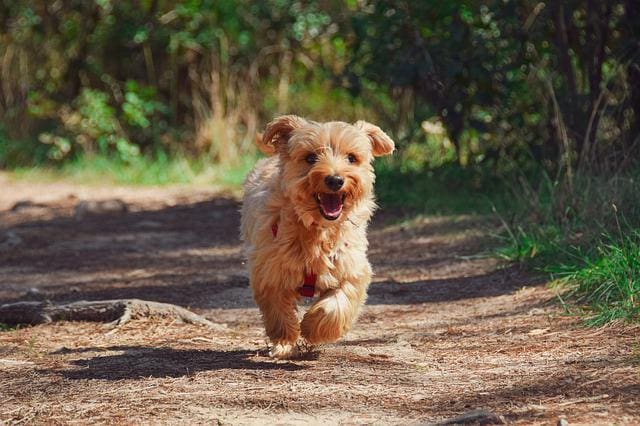Great Tips For Planning a Fun Trip With Your Dog

10 Tips for Having a Fun Trip With Your Dog

Dogs are amazing creatures that bring a lot of joy into our lives. They are loyal and always happy to see us, no matter what the day or situation may be. While many people consider dogs to be man’s best friend, they can also be great travel companions.
Be it a day trip to the beach or a cross-country road trip, bringing your furry friend along for the ride can make the experience that much better. However, there are a few things you should keep in mind when traveling with your dog to ensure that both of you have a good time.
Here are 10 tips for having a fun trip with your dog:
Make sure your dog is up to date on all of its vaccinations.
This is important not only for your dog’s health but also to ensure that it will be allowed into any hotels or campgrounds you may be staying at during your travels. Not having a vaccination record can put a damper on your plans real quick, so make sure to get this taken care of well in advance.
Some countries also have specific requirements for dogs entering the country. For example, Italy requires that all dogs have a microchip implanted and be registered with the local municipality before entering the country.
Get enough of his favorite dog food to last the entire trip.
It can be tricky to find food that your dog likes while on the road, so it’s always best to bring enough from home to last the whole trip. This will also help to prevent any upset stomachs that can come from eating unfamiliar food.
If your dog has any dog food-related health issues like acid reflux or sensitivities, make sure to bring along the appropriate food and medication.
Pack a first-aid kit for your dog.
Accidents happen, even when we’re being careful. It’s always best to be prepared by packing a first-aid kit for your dog that includes items like gauze, Band-Aids, hydrogen peroxide (to clean wounds), and antihistamines (in case of insect bites).
You never know when you might need it, so it’s better to have it and not need it than to need it and not have it.
Make sure your dog is wearing a collar with ID tags.
If your dog happens to get lost during your travels, having proper identification is essential for getting him back home safely. At the very least, your dog’s collar should have his name, your contact information, and any relevant medical information (such as allergies or chronic illnesses).
Invest in a good-quality leash and harness.
This is important not only for walks and hikes but also for times when you may need to restrain your dog in the car or in a crowded place. A good leash will be comfortable for both you and your dog and will make it easier to keep track of him.
Retractable leashes may seem like a good idea, but they can actually be quite dangerous. If your dog gets spooked and takes off running, you may not be able to control him and he could end up getting hurt or lost.
Bring along some of your dog’s favorite toys and treats.
Dogs get bored just like we do, so it’s important to bring along some of their favorite toys and treats to keep them entertained during the trip. This will help to prevent any unwanted behaviors out of boredom, such as chewing on things that aren’t meant to be chewed on.
Toys that are interactive, such as puzzle toys, are especially good for keeping your dog’s mind challenged and engaged.
Stop frequently for potty breaks.
This is important not only for your dog’s health and comfort but also to avoid any accidents in the car. A good rule of thumb is to stop every two to three hours, or more frequently if needed.
Avoid leaving your dog alone in the car.
Not only is this dangerous for your dog, but it can also lead to legal trouble. In some states, it is actually against the law to leave a dog alone in a car, even if the windows are cracked open.
If you need to run into a store or go somewhere where dogs aren’t allowed, ask a friend or family member to watch your dog for you.
Be mindful of the weather.
Dogs can be sensitive to extreme weather conditions, so it’s important to take the forecast into account when planning your trip. If it’s going to be hot outside, make sure to bring plenty of water and stop frequently for potty breaks.
In the winter, keep an eye out for signs of hypothermia, such as shivering, lethargy, and weakness. If your dog starts showing these signs, get him inside and warm up gradually.
Have a plan for what to do in case of an emergency.
No one likes to think about the worst-case scenario, but it’s important to have a plan in place in case something does happen. Make sure you know the phone number for the nearest 24-hour veterinary hospital and have a list of local animal shelters in case you need to board your dog while you’re away.
It’s also a good idea to make sure your dog is up-to-date on his vaccinations and has a microchip for identification purposes.
Following these tips will help to ensure that both you and your dog have a safe and enjoyable trip. Bon voyage!




